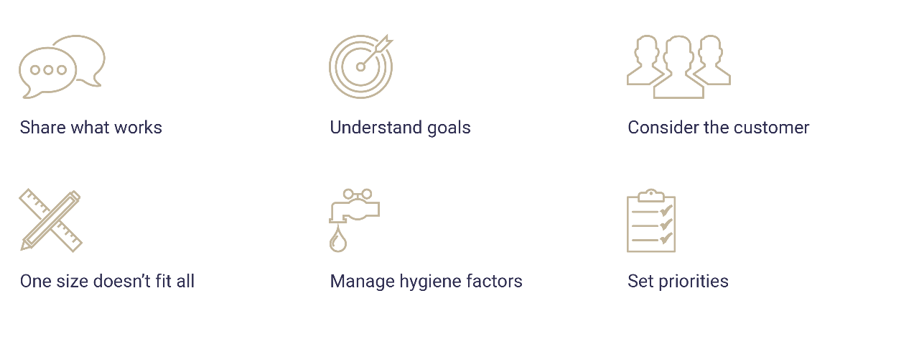What Matters in Digital Health Now?
We aren’t wasting a crisis
The Covid19 pandemic has highlighted the need for change to many across the healthcare system both because of the constraints it has placed on the delivery of care and traditional models of paper records but also because of the unique demands on healthcare workers, institutions, and consumers. Across all three events, the breadth of the changes, experiments, research and interventions under way to better leverage digital health to support these changes were highly encouraging. Participants across the system are diving in and using longstanding technology capability in new and better ways to help the healthcare system adapt. From telehealth for chronic care, to leveraging consumer apps, to new models of clinical data exchange across hospitals and into the MyHealth Record, there is new energy and traction for change.
The challenge is to share what works
Our Healthcare system is full of silos. Some are driven by our national federation. Others are the result of institutions, clinical care modalities, technology and data silos, or even individual clinician practices. In a broader systemic context, some silos are the outcome of the separation of healthcare from its social context and approaches to socio-economic issues, disability and elder care. Great work is underway, so the challenge as ever is to share what works widely and to promote the adoption of the changes, tools and practices that are driving new value. We can all benefit from looking at the lessons beyond our own silos.
Goals & principles matter
In each of the sessions is became clear that jargon is not a great guide to action. The topics themselves are loose and can be widely applied. Having clarity of the goals of each project and key principles that shape the work is a way to narrow the jargon to meaningful action and also to unite a diverse range of stakeholders in work that matters. Patient engagement that is a check box destroys value. Data dumps without integrity or the right context destroy value. Value based healthcare can be meaningless or counter productive unless value is made clear to all involved.
Consider the consumer, their goals and experiences
The healthcare system is working hard across the landscape to better understand the consumer, their goals and their experiences. In this work, the industry is discovering that consumer perceptions of value and consumer expectations are shaped by digital experiences and standards well beyond the healthcare landscape, particularly as to ability to communicate, choice, transparency, and speed of response. Not all of these demands fit with the healthcare system today but they highlight the need for dialogue between participants and the system and the consumers to better understand value, outcomes and what is reasonable. Importantly, the consumer experience begins long before a healthcare intervention and continues long after. Taking this perspective can help us unravel new and better interventions across the system and to see across narrower silos for better measures of value.
One size does not fit all
Unsurprisingly people differ in their needs and their preferences. We cannot expect to impose one technology solution on every persona, scenario, or moment. The challenge is to offer choices and options that balance the need for breadth, depth and that also support the consumers varying routines and clinician’s need for integration into workflow. Smart interoperability can help but we must also recognise that just as there is a profusion of apps of similar purposes beyond healthcare, the same may be required in this system to meet the breadth of needs.
Plan for the hygiene factors: Real consultation, privacy, choice and control, integration to workflow, data, evidence, and change management
In all the work we do in systemic change in healthcare, and especially in digital health, a range of common hygiene factors repeat through discussions. Consultation with participants in the system from consumers, to administrators and practitioners must be real and broad enough to ensure that the right problems are tackled with the right measures of success. We must support privacy, choice and control for consumers. Importantly, we must also make sure our digital technology solutions are supported by quality data, integration to workflow and we need to work with practitioners to manage change and gather evidence that can help propagate the effective changes further.
Priorities matter
We can’t do everything at once. Each participant, each institution and the managers of the healthcare system as a whole need to set priorities and roadmaps. Transparency of this work can help others to learn and also to provide their inputs in what matters next. The system will be driven by a vast array of increasingly agile iteration but we can do much to guide this work and select our investments with priorities and roadmaps.
There is much to do in realising the potential of digital technology in healthcare to the benefit of the wider system transformation. These conversations highlighted the breadth of powerful work underway and we only hinted at the broader questions of choice and control in healthcare, disability and aged care. I found these conversations inspiring as the focused on the potential of what exists and what has already been achieved. The next phase is bringing these successes to everyone and then iterating further on the key priorities.


